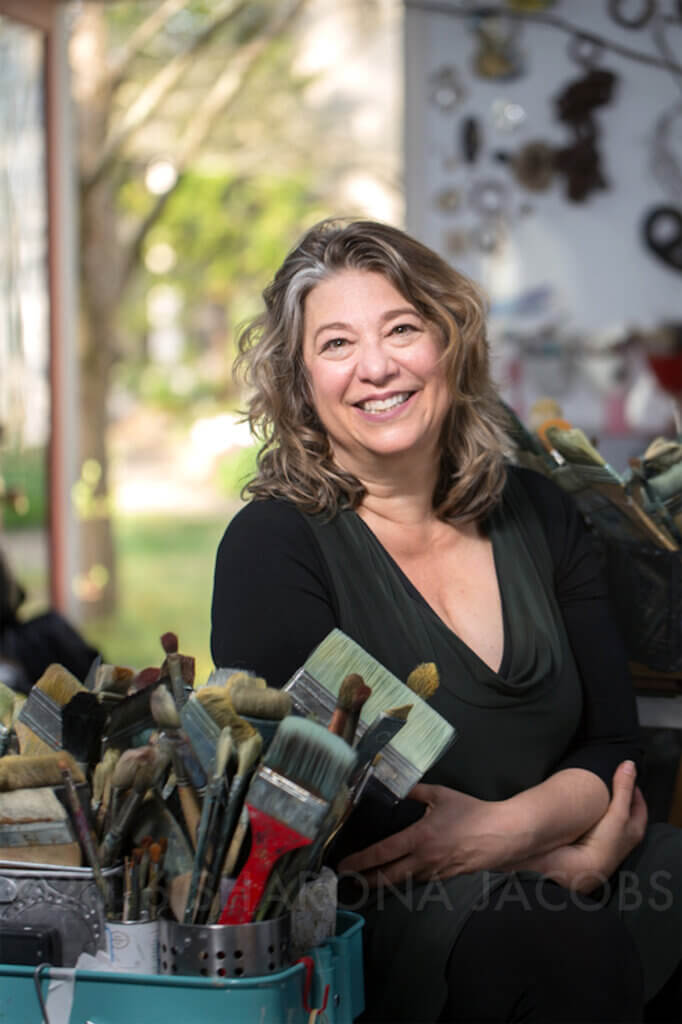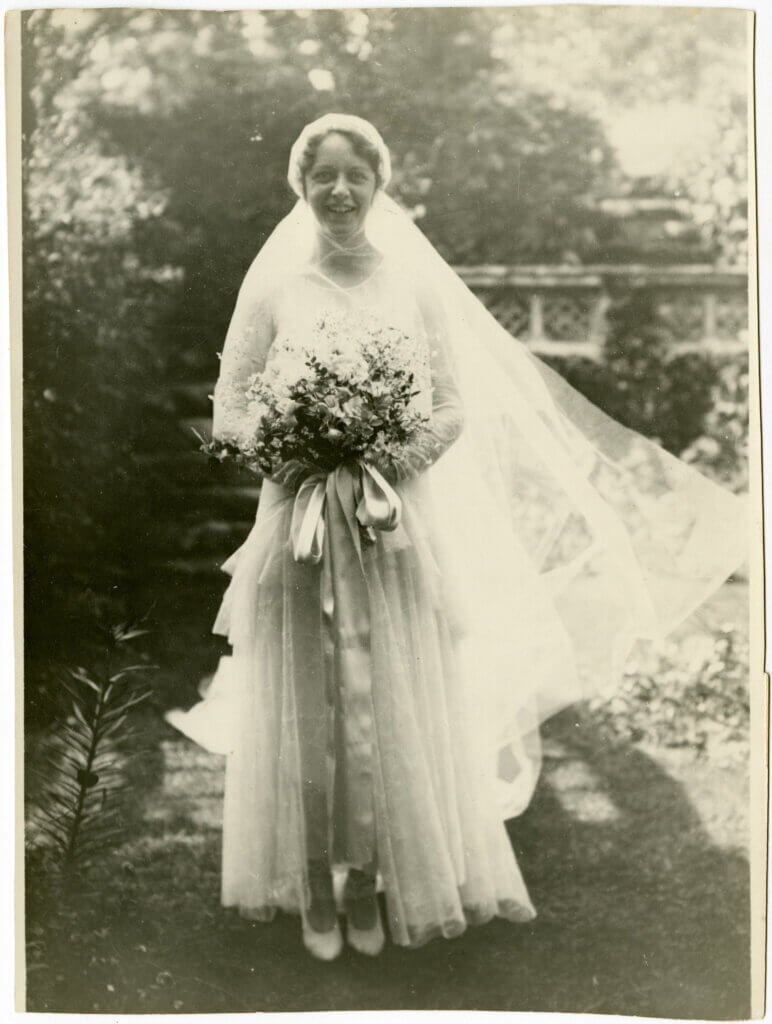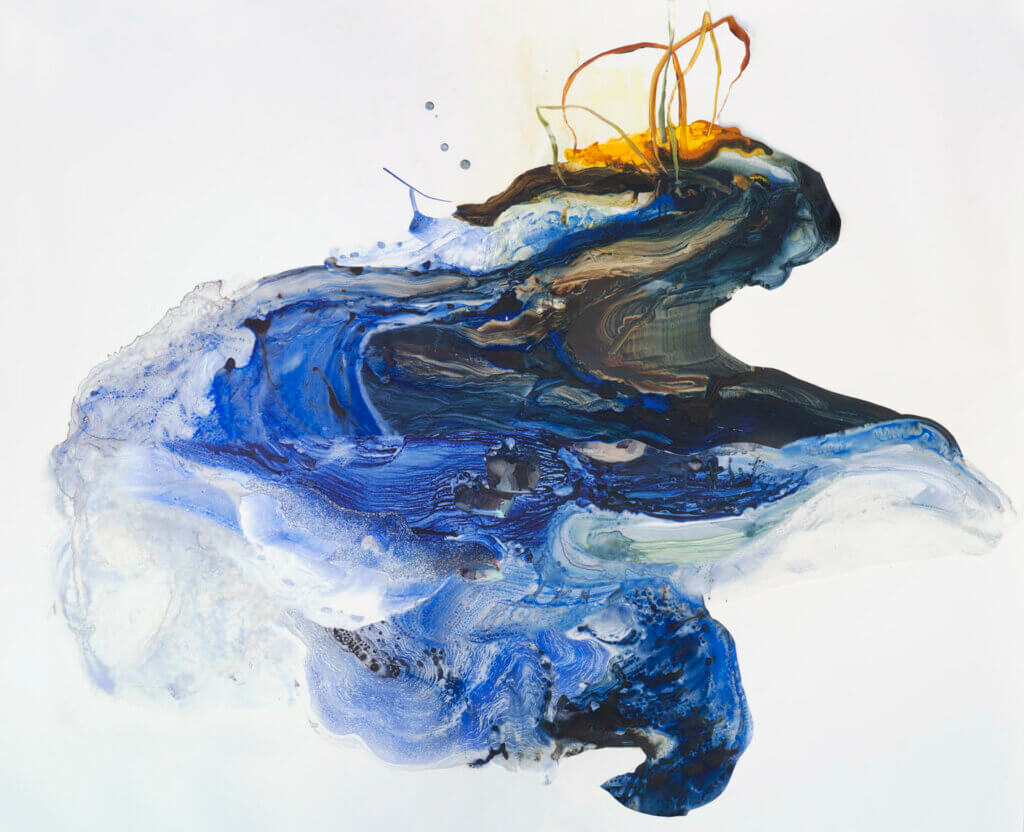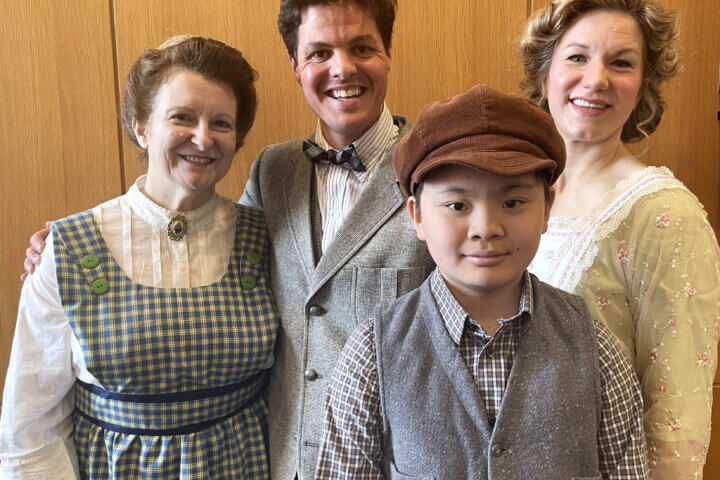By Laurie O’Neill — Correspondent
One grew up in Concord and moved to the Canadian Rockies. The other did the opposite.
Catharine Robb Whyte and Ilana Manolson never met. They were born half a century apart and spent much of their lives in their respective countries. But they have more than geography in common.
Whyte was an artist. Manolson is. Whyte’s oils and Manolson’s acrylics celebrate the natural world and reflect a keen sensitivity to place.
Moreover, Manolson is exhibiting her work as part of “Time: In the Mountains” at the Whyte Museum of the Canadian Rockies in Banff through June 2.
“It’s a funny twist of fate,” said Manolson. “With this show, I’m returning with my work from Concord to Canada.”

Manolson was born in Calgary and spent her early life there. Before studying at the Rhode Island School of Design, she became a naturalist at Elk Island National Park in Alberta, having trained at Banff National Park.
Her job there included “looking closely at the natural world to assess the health of the larger environment.” For example, she examined one-by-one-foot squares to assess the park’s ability to support its bison herd.
After RISD, Manolson started her art career in the U.S. Her work has been exhibited in galleries and museums in New York, Boston, Palo Alto, London, and elsewhere. It is also in permanent collections at the Danforth Museum of Art, the De Cordova Museum, the Boston Public Library, the RISD Museum, and Gordon College.
She and her husband, David Lax, bought a home in Concord in 1994 because of its proximity to Boston’s good schools, and their ability to build a studio. Plus, she said, “Concord is beautiful and seemed like a good place to raise kids. And it was.” The couple has two grown children, Eric and Lena.
The next year, she met Russell Robb III, Catharine Whyte’s nephew, who lives in Concord. Robb graduated from Wharton and has had a distinguished 66-year career in finance. They learned what they had in common.
Catharine was born in 1906, the daughter of Russell Robb and Edith Morse Robb. He studied engineering at MIT and became senior vice president and treasurer of a successful engineering firm, and she ran a thriving embroidery design business.
Commitment to marriage and art
While studying at The Museum of Fine Arts, Catharine met Peter Whyte, a native of Alberta, and their casual friendship led to marriage on her family’s Concord estate. Shortly after, they moved to a rustic house in the Banff area and painted side by side, committing themselves to their art.

The Whytes were avid art collectors and were known for their philanthropy. In 1968, the Museum of the Canadian Rockies was constructed to serve as the core of their art collection. Catharine received many accolades, including the country’s highest civilian honor, the Order of Canada.
Catharine remained involved with the museum for the rest of her life. After her death in 1979, it was renamed for the couple and expanded. It continues to serve as their legacy in a place they loved.
Manolson’s Whyte Museum exhibit features pieces painted in or inspired by the Canadian Rockies. Her paintings, done in acrylics on metal and yupo, a slick, smooth paper, track her “journey through space and time alongside the natural rhythms of the Earth,” she said.
“I reach into my pocket and use the rocks, acorns, and flowers that have traveled back with me from my hikes to anchor a piece, distorting the scene to capture its essence,” she said.
Her “experience of place is always filtered through memory. It speaks of the fragility of life and celebrates the glory of transition.”

This spring, Manolson’s work is also included in “Tapped In,” an art installation at the Umbrella Arts Center that runs through June 8. The exhibit brings together ten pairs of well-regarded artists and climate scientists/activists to collaboratively visualize fresh perspectives on climate change, CO2 mitigation, and action.
Manolson continues to be struck by the serendipity of her and Catharine Whyte’s journeys. The Canadian Rockies are never far from her heart. She returns to Banff nearly every summer to hike or serve as an artist in residence at the Banff Centre.
The natural world is vital to her well-being, Manolson said, though “we are always aware of the possibility of potential disaster.” But “even in the coming part,” she added, “there is great beauty.”





